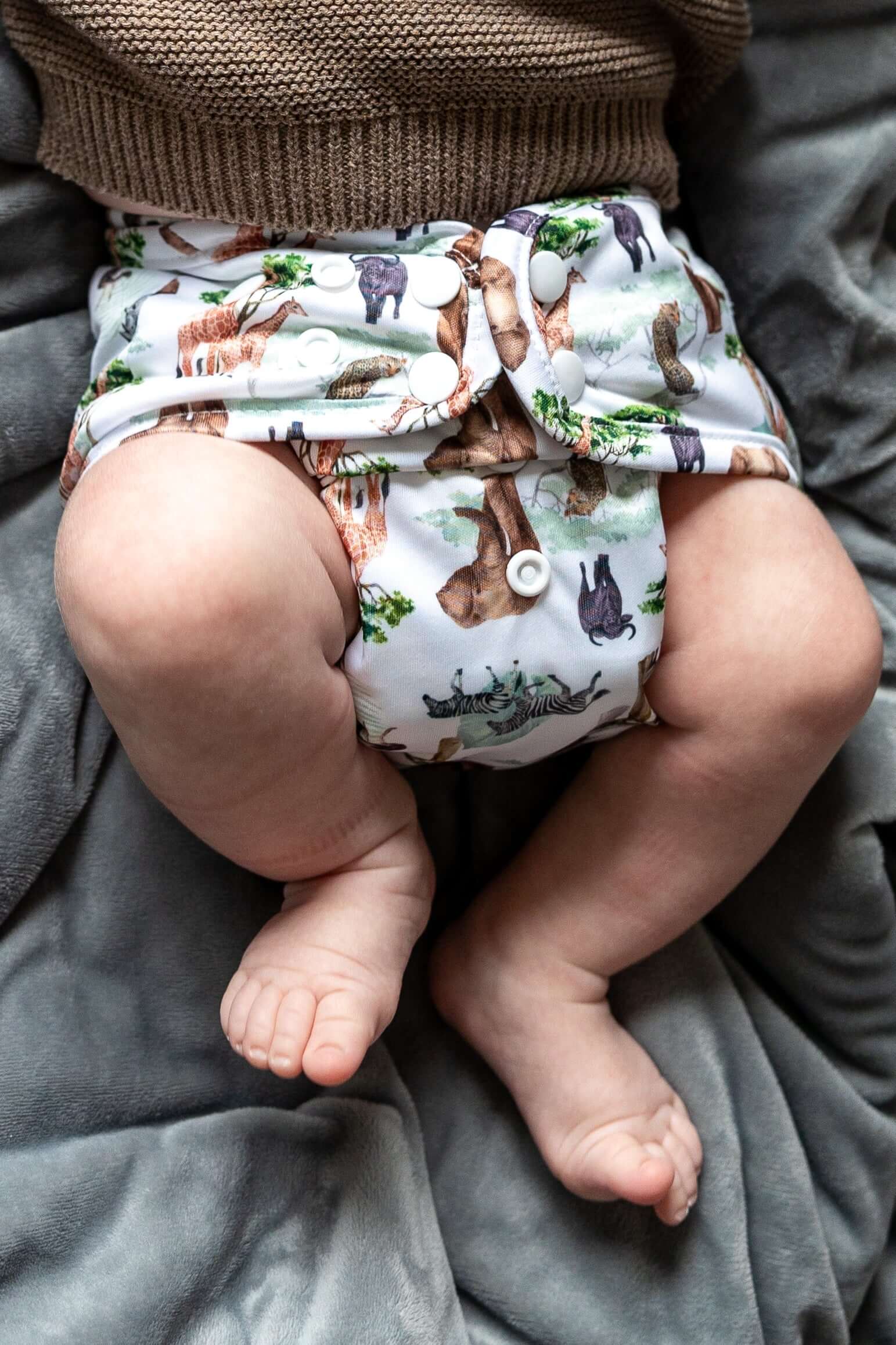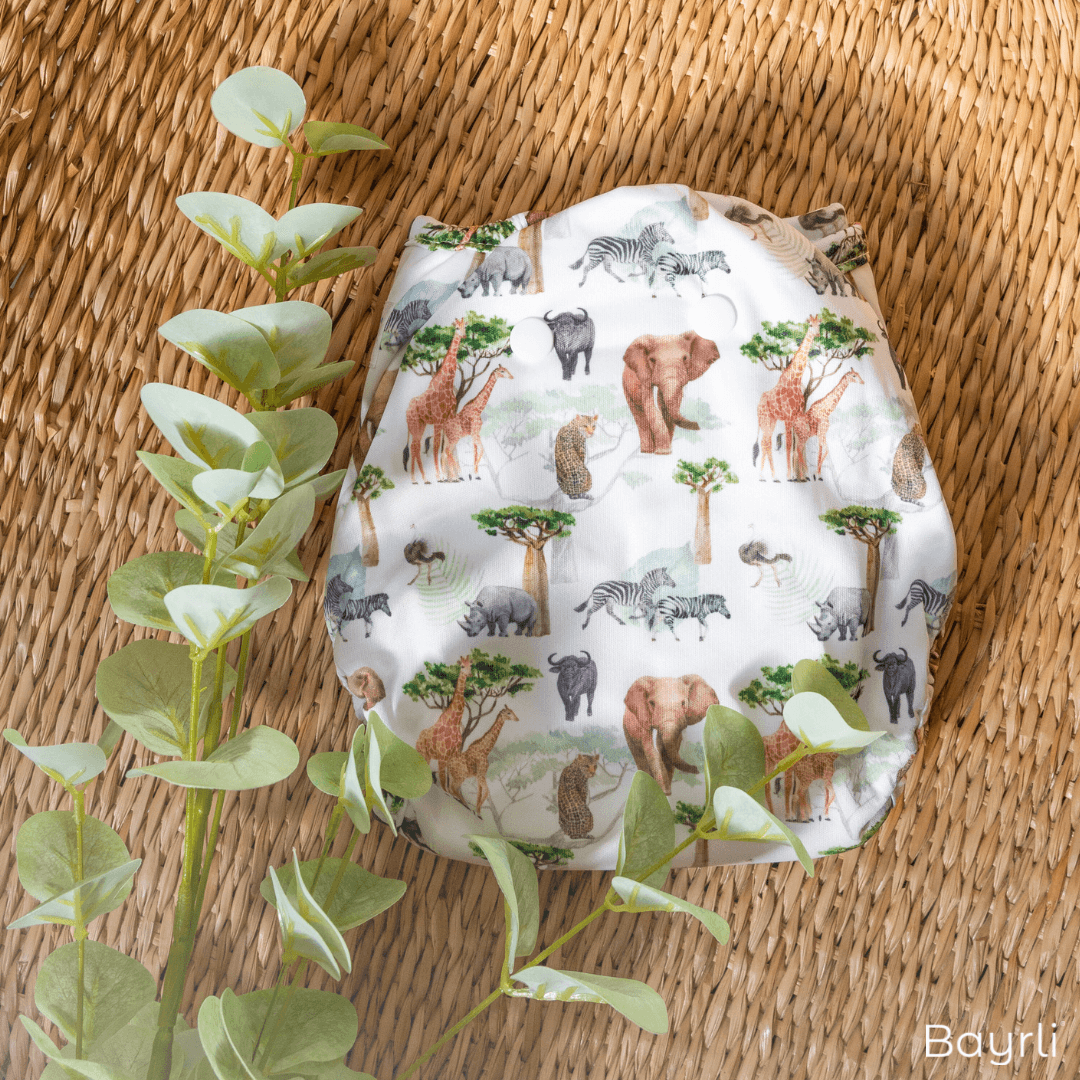
Decoding Baby Poop: A Parent's Guide to Colors, Textures, and Health
Becoming a parent introduces you to a spectrum of new experiences, including deciphering the contents of your baby's diaper. It's not just a chore—it's a window into your infant's health.
The First Poop: A Sticky Start
Expect your newborn's first bowel movements to be a thick, tarry substance known as meconium. This greenish-black goo, resembling motor oil, is composed of amniotic fluid, mucus, and skin cells. Interestingly, it lacks the bacteria that later bring the familiar odor to baby poop.
The Great Color Shift
Around day two to four, you'll notice a shift from dark green to lighter, mustardy stools. This change indicates that your baby is digesting their early meals correctly, whether it's breast milk or formula.
Breast Milk vs. Formula: A Poopy Perspective
Breastfed babies typically produce stools that are yellow, green, or brown with a creamy consistency and a mildly sweet scent. In contrast, formula-fed infants have pastier, peanut butter-like stools that tend to be more pungent.
Frequency Matters... Or Does It?
Newborns often have multiple bowel movements daily, which may slow down over time. Breastfed babies might eventually have less frequent but larger bowel movements. What's crucial is the texture; as long as the stool is reasonably soft and your baby is content, frequency can vary.
We also encourage you to consider the type of diaper you have on your baby's bum; it needs to have the ability to absorb any kind of blowout - consider proven options like our AIO or Overnight Diaper.
Mucus in the Mix: When to Worry
It's normal to spot some mucus in your baby's stool, but if accompanied by other symptoms like fever or vomiting, it's best to consult a healthcare provider. Mucus could indicate teething, infections, allergies, or other medical conditions.
Solid Foods, Solid Changes
Introducing solids around 4 to 6 months brings another shift. Expect thicker, darker, and more aromatic stools in your baby's diaper. Don't be alarmed by surprising colors or undigested food pieces—this is typical as your baby explores new foods.
In short, baby poop is a surprisingly complex subject, reflecting various aspects of your little one's health and diet. Understanding these nuances helps you ensure your baby is on the right track, and yes, it makes diaper changing a bit more interesting!


